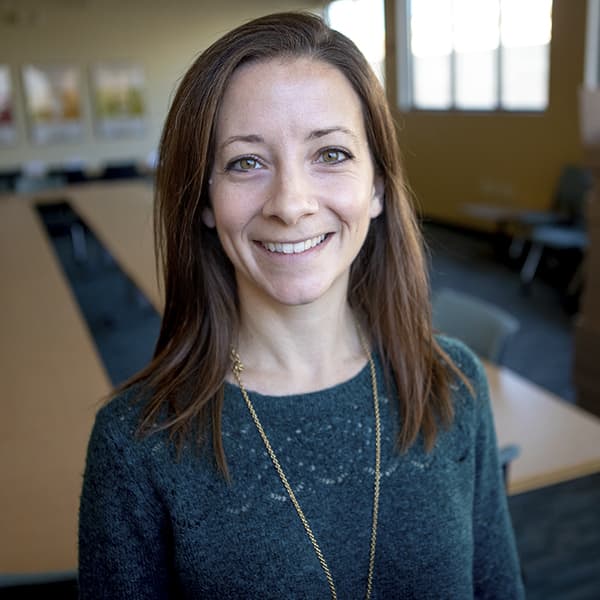Advertisement
State Education Leaders Increase Pressure To Resume In-Person Learning
Resume
The Baker administration is increasing pressure on public schools to resume in-person learning. In a Friday event to announce a new formula for calculating local COVID-19 risk, Massachusetts education leaders doubled down on their messages urging school districts to open their doors to as many students as possible.
"The time to get kids back to school is now," said Education Commissioner Jeff Riley. "It's become increasingly clear that this virus is going to be with us for a while."
The system presented adds new variables for community size and positive test rate to its calculation formula. That resulted in a significant drop in red-labeled "high risk" communities, going from 121 last week to 16 this week.
But even if a community still registers as red, Riley and other Baker administration officials said schools should remain open to in-person learning unless there's evidence of transmission inside the building. They went even further in new state guidance released Friday, arguing that schools should try to institute 100% in-person models as soon as possible or at least try fit as many students inside as safety protocols allow.
Approximately 23% of districts are still fully remote, according to a spokesperson from the Massachusetts Department of Elementary and Secondary Education (DESE).
"Educators, students and parents all agree that, even under favorable circumstances, remote learning is a second-best option that should only be used as a last resort," Education Secretary James Peyser said.
That position was supported by Mary Beth Miotto, a pediatrician in Worcester and vice president of the Massachusetts chapter of the American Academy of Pediatrics, who also spoke at Friday's press conference.
"We cannot downplay the risk of infection," Miotto said. "But youth who attend school and who are reminded gently to wear masks, socially distance, and wash their hands may actually be much safer in school than when unsupervised in the community."
She argued that, right now, scientific evidence suggest the benefits of learning in-person — like instruction quality and mental health supports — outweigh the risks of contracting and spreading COVID-19.
"Schools are places to find trusted adults," Miotto said. "Schools are where school nurses help to manage chronic diseases like diabetes or asthma. Schools are places where children get extra healthy meals when food is scarce at home."
Over the last week DESE reported 252 new cases in Massachusetts schools, but Baker argued the total number of positive cases is very small compared to the more than 450,000 students that now attend public schools in-person every week.
Ultimately, decisions about when and how to resume in-person instruction falls to local school districts. Local school committees across the state have tried to balance the needs and demands of their local stakeholders for months while developing reopening plans.
"I think the whole purpose of [Friday's] press conference was to create a public mindset that it's safer to send the kids back," said Glenn Koocher, the executive director of the Massachusetts Association of School Committees.
Koocher argued the new risk-rating system and message from a local pediatrician could help more parents feel at ease about the idea of in-person learning.
"For a growing number of school committee members, this will give them greater flexibility to argue it's safer to go back to school, which will accommodate most of the parents that they’re hearing from," he said.
Still, local school committees can decide against reopening district buildings to students. However, state education officials can apply pressure.
"We have a responsibility and obligation to make sure that folks are following the guidance to the greatest extent possible, and if people start deviating we’ll address that individually," said Riley. "But we do also respect what happens locally."
In the past, DESE has threatened districts with the possibility of a policy audit if they don't align their plans with state guidance. But there doesn't appear to be a penalty for districts that don't adjust.
State teacher's unions did not respond positively to the new pressure from the state.
"I think we've been pushed into a false dichotomy that we have to risk either health and safety or emotional wellness rather than asking the question of what are the resources necessary," said Merrie Najimy, the president of the Massachusetts Teachers Association.
Teachers aren't opposed to returning to the classroom, Najimy said, but argued that the state needs to increase funding to schools so they can expand testing programs and afford appropriate personal protective equipment.
This segment aired on November 6, 2020.
